Why Do People Climb Mount Everest? The Ultimate Guide
Introduction to Why Do People Climb Mount Everest
Mount Everest is the highest mountain in the world, standing at 8,848 meters above sea level. This enormous peak is located in the Himalayas on the border between Nepal and China, and it has fascinated adventurers and climbers for many years. The appeal of Everest comes not only from its height but also from the long history of attempts to climb it.
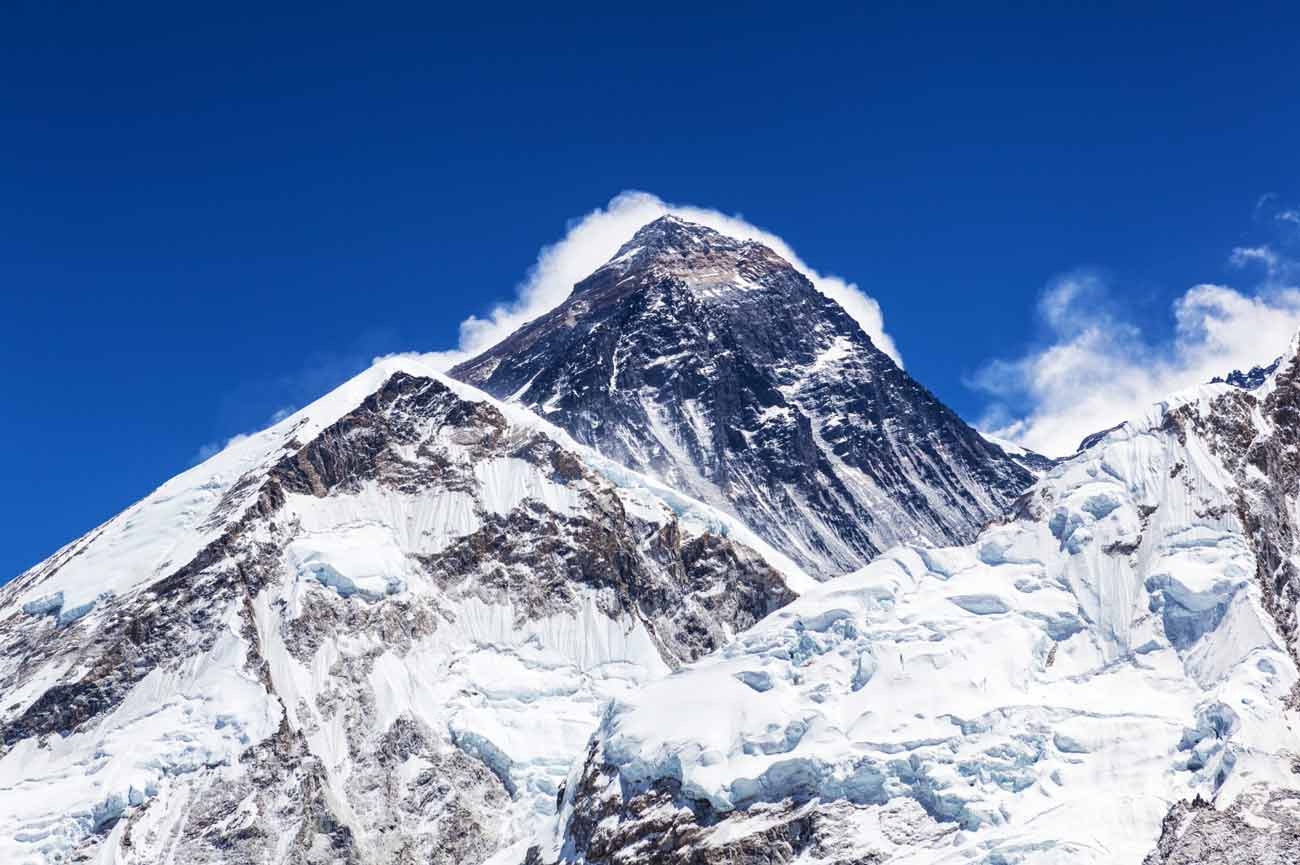
The first recorded attempt to reach the top was in 1921, led by a British expedition team. Among the early trailblazers, George Mallory is a well-known figure in mountaineering history. When asked why he wanted to climb Everest, his famous reply was”Because it’s there.” This simple yet profound statement captures the mysterious attraction of this massive challenge.
In this article, we will explore the reasons behind why people choose to climb Mount Everest. By looking at different motivations and viewpoints, we hope to gain a deeper understanding of what drives individuals to take on this dangerous journey. For some, it’s about personal growth and self-discovery; for others, it’s about seeking fame and recognition. Everest holds different meanings for different people.
Let’s delve into these motivations and uncover the true appeal of climbing Everest.
The Allure of Mount Everest: A Trophy for Climbers
Why Climbing Everest Matters in the Climbing World
Mount Everest is the ultimate goal in the world of climbing. Reaching its 8,848-meter peak isn’t just about being on top of the world; it’s about conquering extreme physical and mental challenges. For many climbers, getting to the top of Everest shows their commitment and strength, often fulfilling a lifelong dream.
Famous Climbers: George Mallory and Alan Arnette
Two names that stand out in Everest’s history are George Mallory and Alan Arnette.
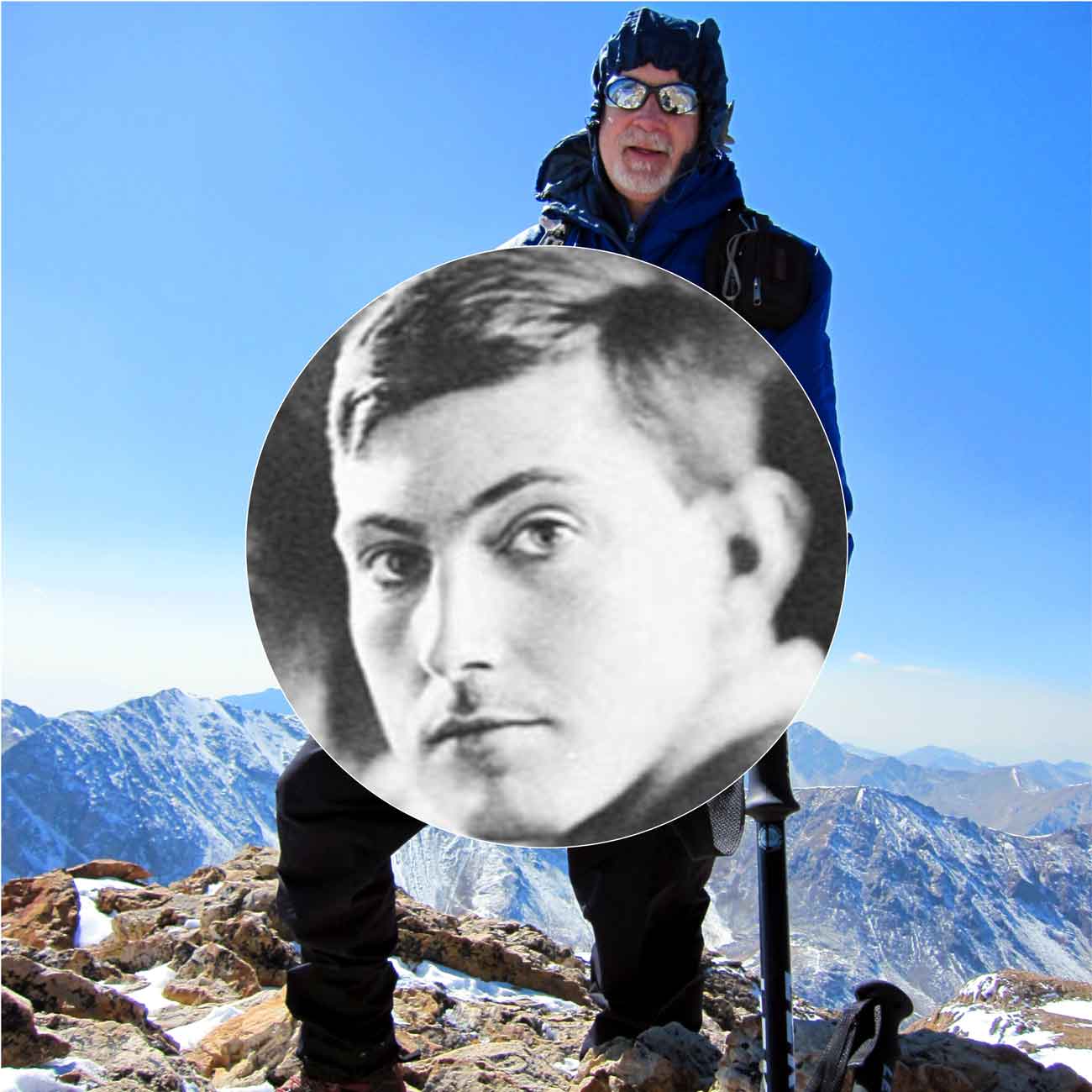
George Mallory
Known for his famous remark, “Because it’s there,” Mallory was part of the early British expeditions in the 1920s. His mysterious disappearance during a 1924 attempt left a legacy that continues to inspire climbers today.
Alan Arnette
A more contemporary figure, Arnette has climbed Everest multiple times and uses his platform to raise awareness and funds for Alzheimer’s research. His detailed blogs and vlogs offer insights into the climbing experience, making him an influential voice in modern mountaineering.
Why Climbers See Everest as a Status Symbol
Climbing Everest is often viewed as a badge of honor among climbers. Achieving this can boost a climber’s reputation, leading to recognition and respect from fellow climbers. This appeal attracts both experienced mountaineers and beginners who want to push their limits on the world’s tallest mountain.
Symbol of Prestige
Successfully climbing Everest often opens doors to sponsorships, speaking engagements, and media opportunities.
Community Respect
Moreover, climbers who summit Everest gain immense respect within the mountaineering community, often becoming mentors or advisors for future expeditions. This community respect is a significant aspect of what makes climbing Everest so appealing.
The allure of Mount Everest as a trophy captures not just the spirit of adventure but also the pinnacle of human endurance and ambition.
Thrill Seekers and Personal Growth: The Dual Motivation to Climb Everest
Physical and Mental Demands of the Climb
Climbing Mount Everest presents significant physical and mental challenges. As the highest peak in the world, it stands at 8,848 meters (29,029 feet) above sea level. This altitude subjects climbers to extreme conditions such as low oxygen levels, freezing temperatures, and high winds.
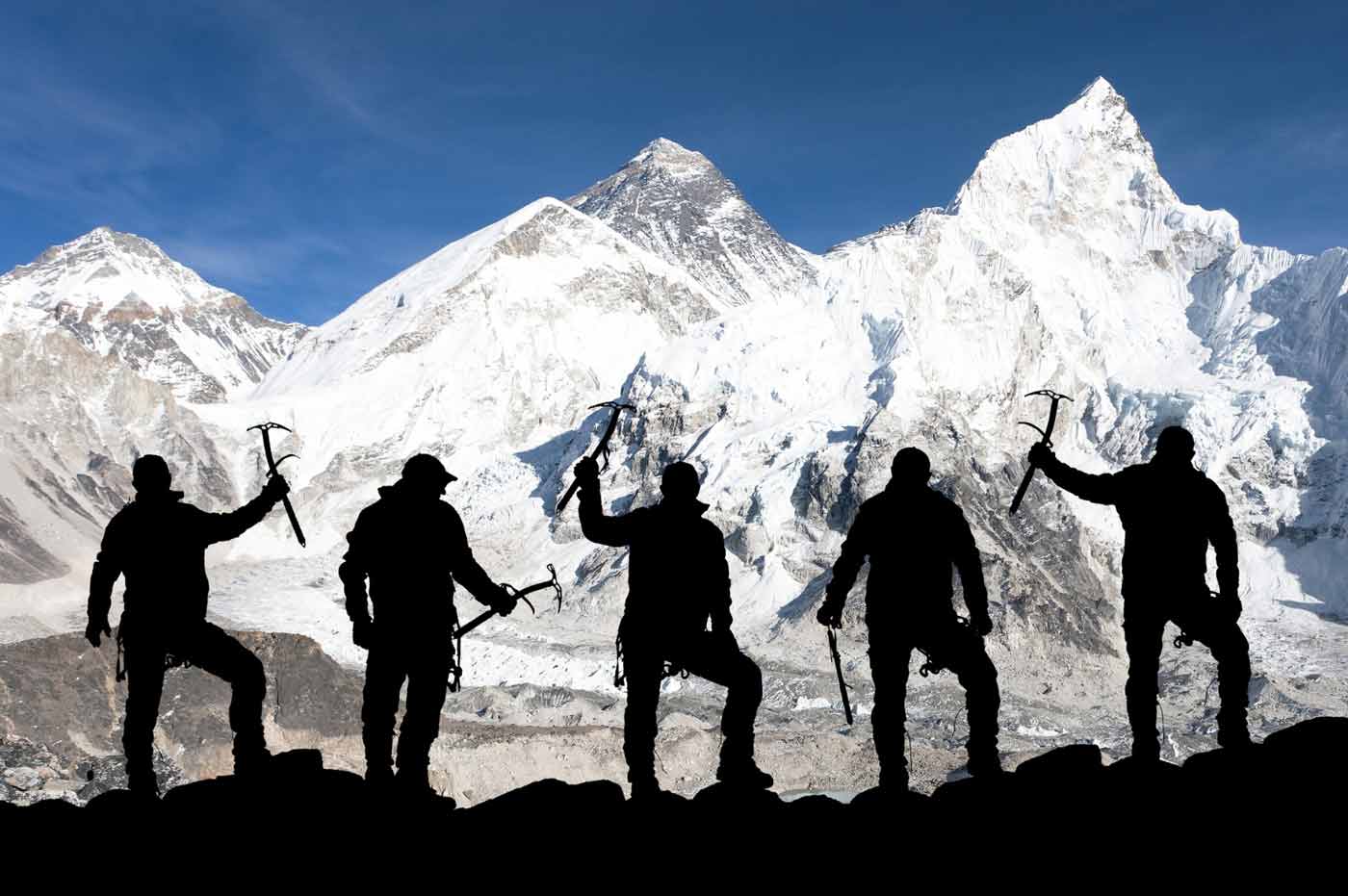
Physical Demands:
- Acclimatization: Climbers need to spend weeks acclimatizing to the high altitude to avoid Acute Mountain Sickness (AMS).
- Endurance: The ascent requires exceptional stamina and cardiovascular health.
- Technical Skills: Proficiency in mountaineering techniques like ice climbing, crevasse navigation, and using crampons and ice axes is crucial.
- Strength: Carrying heavy gear over long distances demands significant muscular strength.
Mental Demands:
- Resilience: The mental fortitude to persevere through extreme fatigue, discomfort, and sometimes life-threatening situations.
- Focus: Maintaining concentration is vital for navigating dangerous sections like the Khumbu Icefall.
- Decision-Making: Quick and effective decision-making skills are essential during emergencies or rapidly changing weather conditions.
The Thrill of Adventure and Pushing Personal Limits
The pursuit of adventure plays a significant role in motivating climbers. Many are driven by the desire to push their physical and mental boundaries.
- Adrenaline Rush: The sheer thrill of confronting nature’s extremities provides an adrenaline rush that many climbers find addictive.
- Achievement: Reaching the summit symbolizes overcoming one of Earth’s most formidable challenges.
- Exploration Spirit: For some, the climb represents a deeper yearning to explore uncharted territories within themselves.
Insights on How Climbing Fosters Personal Development
Climbing Mount Everest isn’t merely about reaching the summit; it’s also a journey of personal growth. The experience can transform individuals in several profound ways:
“It is not the mountain we conquer but ourselves.”
Sir Edmund Hillary
- Self-Awareness: Facing extreme conditions allows climbers to discover their true strengths and weaknesses.
- Confidence: Successfully summiting instills a sense of accomplishment that boosts self-confidence.
- Resilience Building: Overcoming obstacles during the climb fosters resilience that can be applied to other life challenges.
- Perspective Shift: The experience often leads to a re-evaluation of personal values and priorities.
For a deeper understanding of these themes, you might consider exploring Jon Krakauer’s “Into Thin Air”, which provides an insightful narrative into the complexities of climbing Everest.
Key Takeaways
Understanding the dual motivations behind climbing Everest—thrill-seeking behavior and personal growth—provides insight into why people endure immense hardships for this pursuit. Balancing physical preparation with mental resilience is crucial for anyone attempting this monumental feat.
Fame, Recognition, and the Role of Commercial Expeditions in Climbing Culture
The Desire for Status within the Climbing Community
Mount Everest represents the pinnacle of achievement in the mountaineering world. Summiting Everest is often viewed as a hallmark of an elite climber, granting them a unique status within the community. Many climbers are driven by a desire to be recognized among their peers and to stand out in the competitive world of high-altitude climbing.
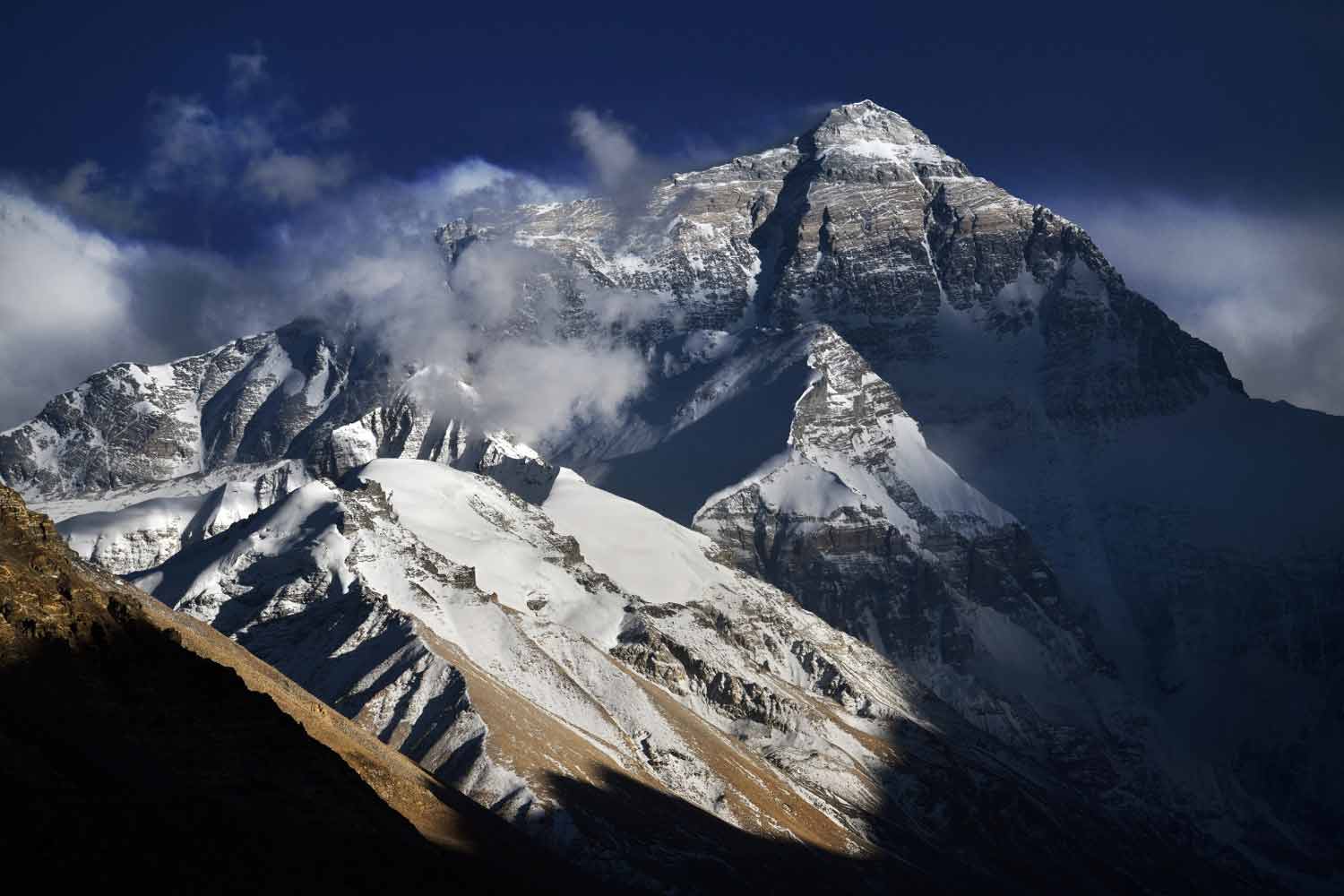
Key Factors:
- Prestige: Successfully reaching the summit of Everest adds significant weight to a climber’s resume.
- Community Respect: Climbers who have conquered Everest are often held in higher regard by their peers.
How Successful Summits Can Lead to Public Recognition
Beyond the immediate climbing community, summiting Mount Everest can lead to broader public acclaim. Climbers who achieve this feat often find themselves in the spotlight, with opportunities for media coverage, sponsorships, and speaking engagements.
Examples include:
- Media Exposure: Many climbers gain instant fame through documentaries, news stories, and interviews.
- Sponsorship Deals: Companies often seek out successful Everest climbers for endorsements.
- Public Speaking Opportunities: Climbers frequently share their experiences through motivational speeches and books.
How Commercialization Has Changed the Landscape of Everest Climbing
The rise of commercial expeditions has significantly altered the dynamics of climbing Mount Everest. These guided tours make it more accessible to non-professional climbers, changing both the demographic and motivations of those attempting the ascent.
Impact on Climbing Culture:
- Increased Accessibility: Commercial expeditions have democratized access to Everest but have also led to overcrowding.
- Economic Influence: The local economy benefits from increased tourism, as discussed in this article about Nepal’s thriving tourism industry, yet this has raised concerns about environmental degradation.
- Safety Concerns: While guided tours offer support and safety measures, they also attract individuals who may lack adequate experience, potentially increasing risks on the mountain.
Key Statistics:
- According to data from various expedition companies, around 600 people reach Everest’s summit each year.
- A significant portion of these climbers use commercial services, highlighting the role these expeditions play in modern-day ascents.
By examining these aspects, we gain a clearer understanding of why people climb Mount Everest: not just for personal fulfillment but also for prestige and recognition within both niche communities and a wider audience. This evolution has brought both positive changes and new challenges to one of mountaineering’s most iconic pursuits.
Understanding Motivations for Climbing Everest: A Psychological Perspective
Summary of Various Motivations
Climbers tackle Mount Everest for many reasons, including:
- The allure of achieving a prestigious summit
- The thrill of adventure
- The personal growth that comes from overcoming extreme physical and mental challenges
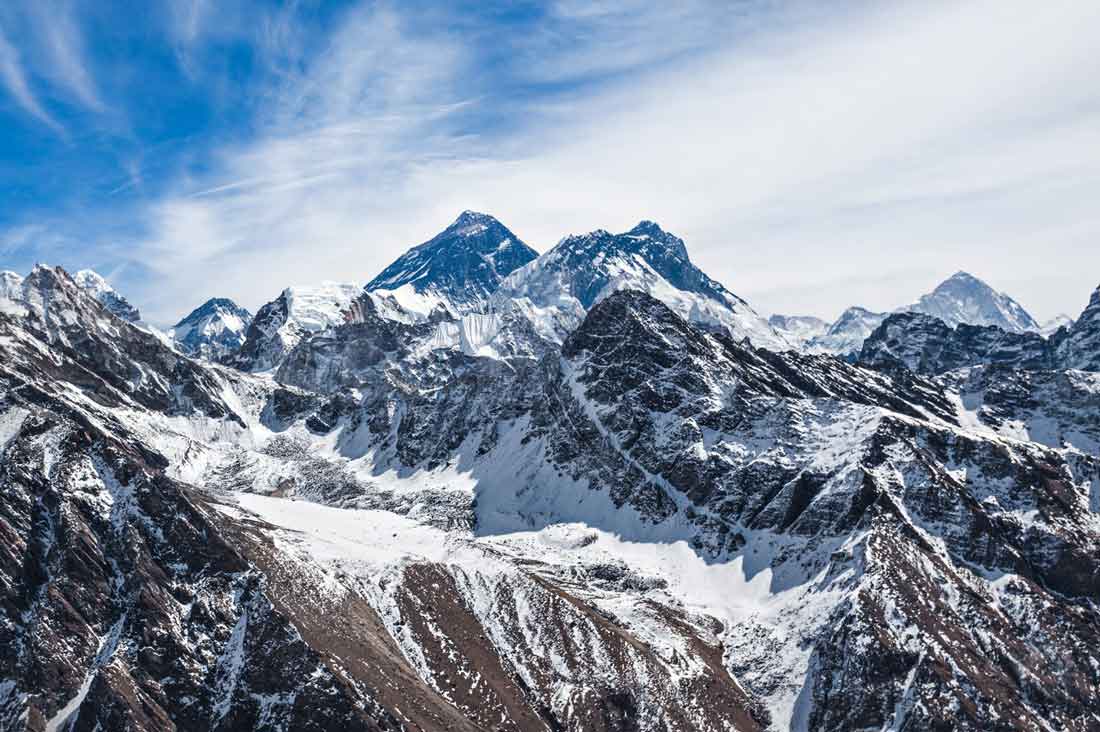
These are all significant motivators. Climbers like George Mallory and Alan Arnette have become iconic figures in mountaineering culture, symbolizing the relentless pursuit of these lofty aspirations.
The commercialization of Everest expeditions has also added to its appeal, making it accessible to a broader audience eager to gain fame and recognition. The mountain serves as both a status symbol within the climbing community and a milestone that garners public attention.
Summary of Various Motivations
Understanding why individuals seek out such challenging experiences involves delving into psychological factors in mountaineering motivations. Several models offer insights:
This model suggests that once basic physiological and safety needs are met, individuals strive for higher levels of psychological fulfillment. Climbing Everest can be seen as an attempt to achieve self-actualization, the pinnacle where one realizes their fullest potential.
2. Self-Determination Theory (SDT)
This theory posits that people are motivated by three fundamental needs: autonomy, competence, and relatedness. Climbing Everest provides climbers with a sense of autonomy as they navigate treacherous paths independently. The sheer difficulty of the climb meets their need for competence, while shared experiences with fellow climbers foster relatedness.
3. Flow Theory
Proposed by Mihaly Csikszentmihalyi, this theory highlights how people engage in activities that provide a state of “flow,” where they are fully immersed and focused. The intense concentration required during an Everest climb offers an ideal environment for experiencing flow.
Individuals driven by high achievement motivation seek tasks that are moderately challenging. Climbing Everest fits this description perfectly—it’s not impossible but requires immense effort and skill.
Understanding these psychological frameworks helps clarify why individuals might be drawn to the formidable challenge that is Mount Everest. Each climb represents more than just physical exertion; it embodies deeply-rooted psychological drives and aspirations.
Preparing for the Ascent: Challenges Ahead and Risks Involved in Climbing Mount Everest
Climbing preparation strategies for Everest ascent are crucial for anyone considering this formidable challenge. The process can be broken down into several key areas:
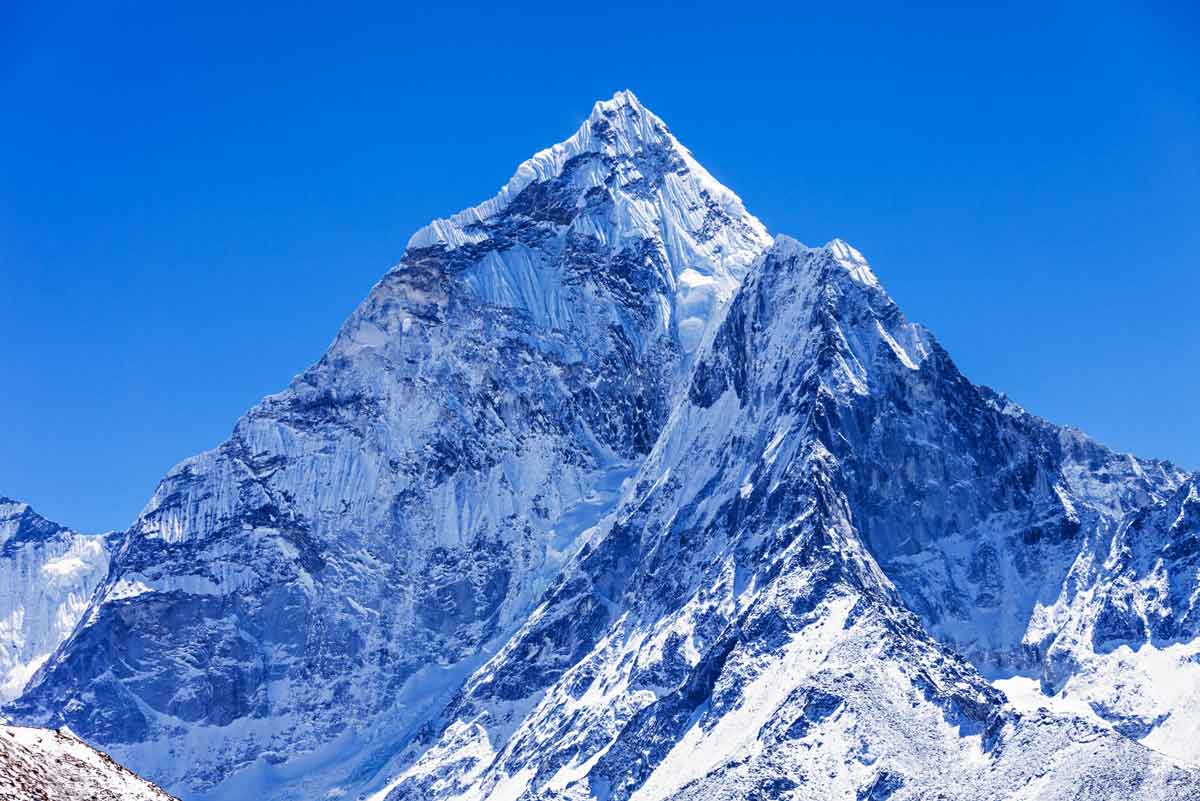
Physical Training
- Cardiovascular Endurance: Climbers should engage in activities like running, cycling, and swimming to build stamina.
- Strength Training: Focus on core, leg, and upper body strength through weightlifting, squats, and pull-ups.
- Altitude Acclimatization: Spending time at higher elevations to get the body used to lower oxygen levels is essential.
Logistics
- Permits and Legal Requirements: Securing climbing permits from the Nepalese or Tibetan authorities is mandatory.
- Gear and Equipment: High-quality gear such as insulated clothing, specialized footwear, oxygen systems, and safety harnesses are vital.
- Team Coordination: Organizing a team with experienced guides and support staff ensures better chances of success.
Potential Risks Faced During the Climb
Climbing Mount Everest is fraught with numerous risks. The most significant ones include:
Physical Health Risks
- Altitude Sickness: Symptoms range from headaches and nausea to life-threatening conditions like high altitude pulmonary edema (HAPE) or high altitude cerebral edema (HACE).
“The higher you go, the less oxygen there is in the air. This can lead to serious health complications if not managed properly.”
Anonymous
- Extreme Weather Conditions: Sudden storms, extreme cold, and high winds can pose severe threats.
- Avalanches and Falling Ice: Unpredictable shifts in snow and ice can create dangerous situations.
Alan Arnette once shared how an avalanche struck his team unexpectedly during one of his expeditions.
Anonymous
- Exhaustion and Dehydration: The physical toll of climbing can lead to severe fatigue and dehydration if not adequately addressed.
Proper hydration and pacing are critical. Climbers often carry electrolyte solutions to maintain their energy levels.
Anonymous
Understanding these aspects ensures climbers are better prepared both mentally and physically.
Conclusion: Embracing the Lessons Learned from Climbing Experiences Beyond Just Summiting Mount Everest
Climbing Mount Everest is more than just a quest to reach the highest point on Earth. It encapsulates a journey of self-discovery, resilience, and profound transformation. Lessons learned from climbing experiences beyond just summiting Mount Everest often extend into everyday life, offering insights that shape personal and professional growth.
Reflecting on Personal Motivations for Adventure:
- Self-Discovery: Many climbers find that the challenges faced on Everest reveal their true strengths and weaknesses.
- Resilience: Overcoming the extreme physical and mental hurdles reinforces a sense of perseverance.
- Perspective: The grandeur of Everest often brings a newfound appreciation for nature and human potential.
Encourage yourself to reflect on your motivations for adventure. Whether it’s conquering a peak or achieving another personal milestone, understanding why do people climb Mount Everest can provide valuable perspectives on your own goals.
"It's not the mountain we conquer, but ourselves."
Sir Edmund Hillary
Embrace these lessons as you embark on your own adventures, remembering that the true value lies not just in reaching the summit but in the journey itself.
Frequently Asked Questions (FAQ)
People climb Mount Everest for various reasons, including the allure of achieving a significant milestone in mountaineering culture, the thrill of adventure, personal growth, and the desire for recognition within the climbing community.
Summiting Everest is considered the ultimate achievement in mountaineering culture. It symbolizes not only physical endurance but also determination and resilience, making it a coveted trophy among climbers.
Commercial expeditions have transformed the landscape of Everest climbing by making it more accessible to novice climbers. While they provide necessary support and resources, they also raise concerns about overcrowding and safety on the mountain.
Various psychological factors drive individuals to seek challenging experiences like climbing Everest. These include the desire for personal achievement, risk-taking behavior, and the thrill associated with extreme sports.
Essential preparations for climbing Mount Everest include rigorous physical training, logistical planning for supplies and equipment, acclimatization strategies, and understanding potential risks such as altitude sickness and extreme weather conditions.
Climbing experiences can teach valuable lessons about perseverance, teamwork, self-discovery, and embracing challenges. Reflecting on these experiences allows climbers to understand their motivations for adventure and personal growth beyond just reaching the summit.
